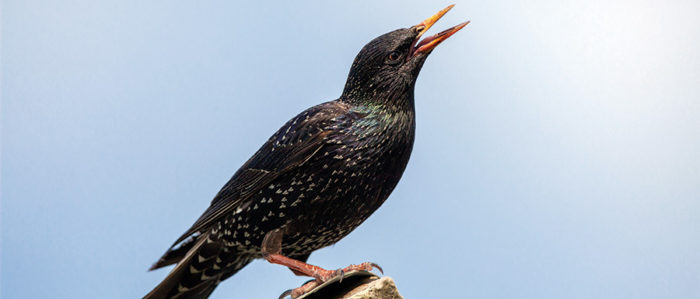This in-your-own-words interview with Juan Egea originally appeared in the Fall 2022 Letters & Science magazine.
I teach a large survey class, almost 200 students—Spanish 223: Introduction to Hispanic Cultures. It is one of the few large courses taught entirely in Spanish. It’s a little bit of a monster, covering from medieval times to the present in Spain and Latin America.
I sometimes think of the class like a TV show: content, commercial, more content. We study a lot of history, and I introduce questions about cultural identity. I add actual television commercials: one for Coca-Cola in Latin America, for example. It’s an awful commercial, very paternalistic, and it displays the “white savior” complex that we talk about in class. Sometimes students complain that there is too much history, but they have to learn what happened in order to understand what it means today.
I may step into a persona, such as Hernán Cortes, one of the conquistadors. He is one of the worst figures in history, responsible for the massacre of millions of indigenous people. Afterwards, when I am out of character, we discuss this event in history and how to think and talk about it now. Do we apply the morals of today to the 16th century? We connect to moments of trouble in our own country.
In another course, Spanish 361: Culture and the City, we study five cities in Spain: Toledo, Barcelona, Madrid, Seville, Bilbao. They watch one film about each city, and I introduce short stories, video, essays, images. It’s a way to form a more concrete understanding of Spanish culture. We talk about tri-culturalism in medieval Toledo, where you can still see the Jewish quarters, the Moorish quarters. There is now a tourist guide for Toledo called “The Magic of Three Cultures,” but back then it wasn’t always so magical. We study stereotypes—Seville is sun and fun and flamenco, Barcelona is beauty and architecture. But Barcelona has a problem with over-tourism, and we talk about what that means and how the city is trying to counter it. Bilbao has the Guggenheim Museum, which everyone knows, but what is the impact of that museum on the industrial Basque community where it is located? I have them take a virtual walking tour through the heart of Madrid and ask: What does it feel like to be a foreigner visiting a city?
In a third class, Spanish 468: Imagine in Spain, I teach about crises in contemporary Spain—which is my current research area. Through photography, video and documentary films, we examine financial, humanitarian and health crises from the 1980s to today.
My secret agenda for my students: I want them to reflect on themselves, their own culture. Think about the music and images and film genres that define your country. Ask: How does this class on Spanish culture speak to me, as a young American, at this moment?



